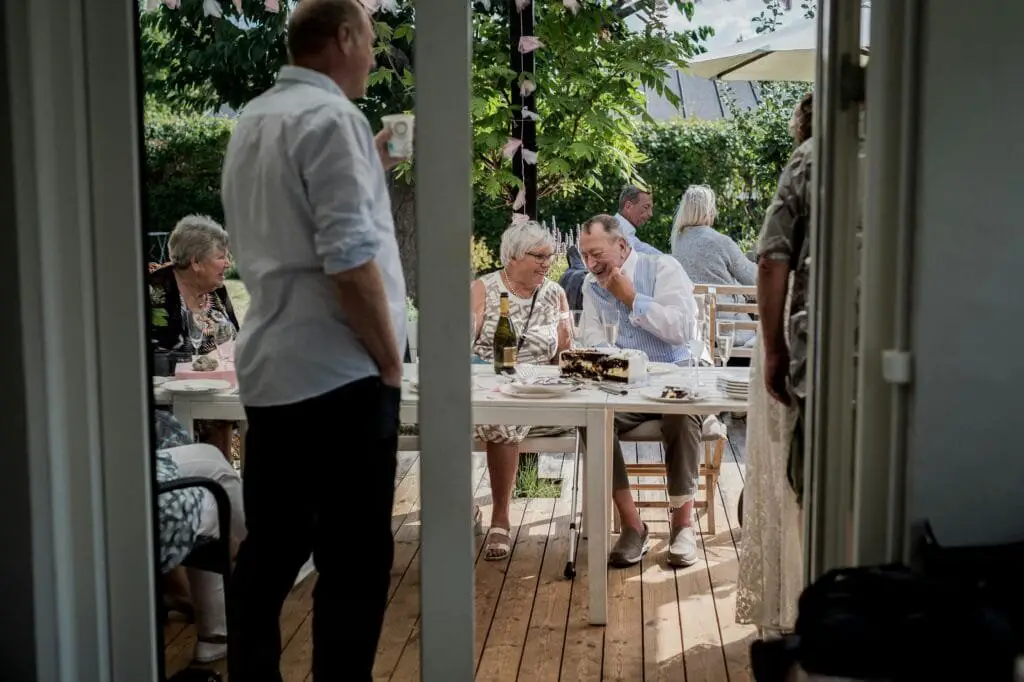1. The Cosby Show – “The Dentist” (1985)

The Cosby Show was a cultural milestone, showcasing a successful African American family that redefined the idea of what a “modern” family could look like. In “The Dentist,” the episode explores themes of fear, family support, and humor as Theo, the youngest Huxtable, faces a daunting dental visit. What makes this episode stand out is how it breaks down the typical father-son dynamic, with Cliff Huxtable gently helping Theo through his anxiety. Cliff’s character is portrayed not just as a father, but as a guide, demonstrating how laughter can heal emotional wounds in families.
The episode resonated with viewers, offering a mix of comedic relief and sincere family moments. In a world where family sitcoms often played it safe with predictable storylines, The Cosby Show highlighted that the real strength of a family lies in emotional support and understanding, especially in challenging moments. This episode forever altered how we saw family interactions on television, showing us that even the toughest moments could be softened with love and laughter.
2. Family Ties – “At This Moment” (1985)
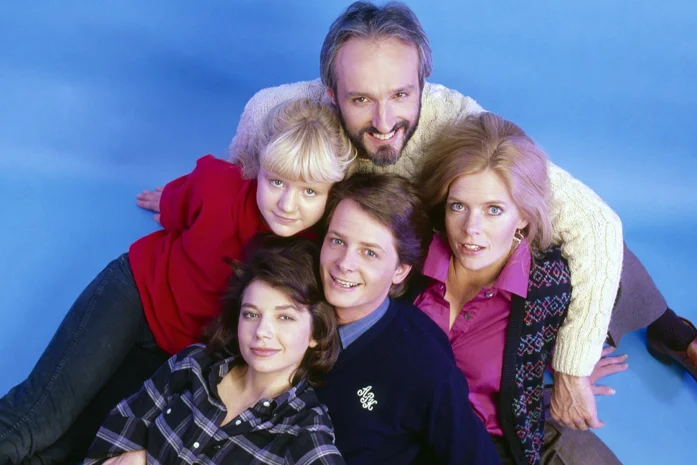
Family Ties was known for exploring the generational divide between baby boomer parents and their conservative, Reagan-loving son, Alex P. Keaton. In the episode “At This Moment,” Alex’s idealistic world is shaken when his girlfriend, Ellen, breaks up with him. The intense emotional vulnerability Alex shows in this episode offers a stark contrast to his usual confident and sarcastic demeanor. The powerful moment where Alex realizes that he’s not as invincible as he thought speaks to the complexities of growing up and the ways families can provide the emotional depth we often overlook.
This episode showed viewers that families are more than just a source of support in the happy moments—they’re also there in the heart-wrenching ones. For Alex, his family didn’t just provide comfort—they gave him the strength to grow beyond his “perfect” image. Family Ties helped redefine the emotional range of sitcom families, showing us that family can be a catalyst for personal growth.
3. The Wonder Years – “Pilot” (1988)
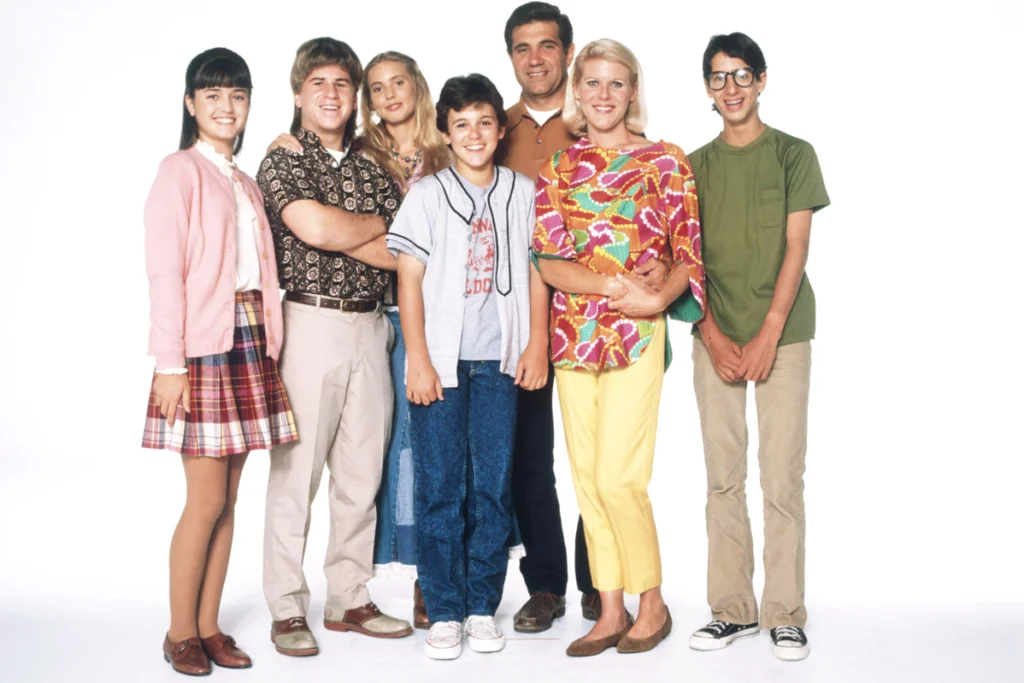
The Wonder Years was a coming-of-age story set against the backdrop of the turbulent 1960s and early ’70s. The show’s pilot episode, where Kevin Arnold navigates the complexities of family, school, and adolescence, hits hard in a way that feels universal. Kevin’s relationship with his parents, especially his dad, was not sugar-coated but portrayed with real-world struggles. His father, Jack Arnold, is stern and often misunderstood, but the underlying affection for his family is evident. This dynamic, full of relatable awkwardness and heartfelt moments, gave viewers a fresh lens on family life.
By intertwining humor with poignant moments, The Wonder Years challenged the conventional family sitcom by showcasing real, unpolished relationships. It was one of the first shows to depict a more complex version of the nuclear family, where imperfections were not only acceptable but central to the emotional core of the story. Families watching felt seen and understood, as it presented the messy, beautiful reality of family life with no rose-colored glasses.
4. Growing Pains – “Mike’s Two Dads” (1987)
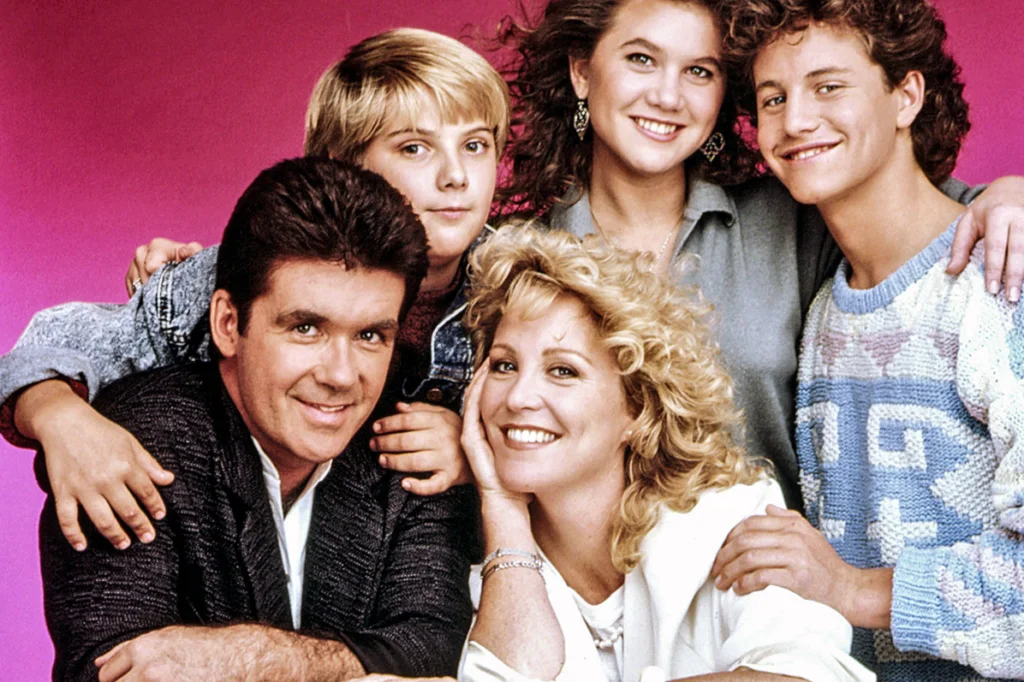
In the episode “Mike’s Two Dads,” Growing Pains tackled a topic that was ahead of its time—blended families. The story follows Mike Seaver, who is confused and a bit upset when his estranged biological father unexpectedly reappears in his life. The episode explores themes of loyalty, identity, and acceptance as Mike wrestles with the idea of having two father figures—one biological and one who’s been there since birth. This emotional rollercoaster breaks down the stigma surrounding nontraditional families, showing that love and support can come from many sources.
What’s powerful about this episode is its focus on how families don’t have to follow traditional norms to be meaningful. Mike’s acceptance of both his dads, despite the tension, redefined what “family” meant for many viewers. Growing Pains showed that sometimes the family we make is just as important, if not more so, than the family we’re born into, broadening the narrative of family dynamics for a generation.
5. Full House – “The Miracle of Thanksgiving” (1990)
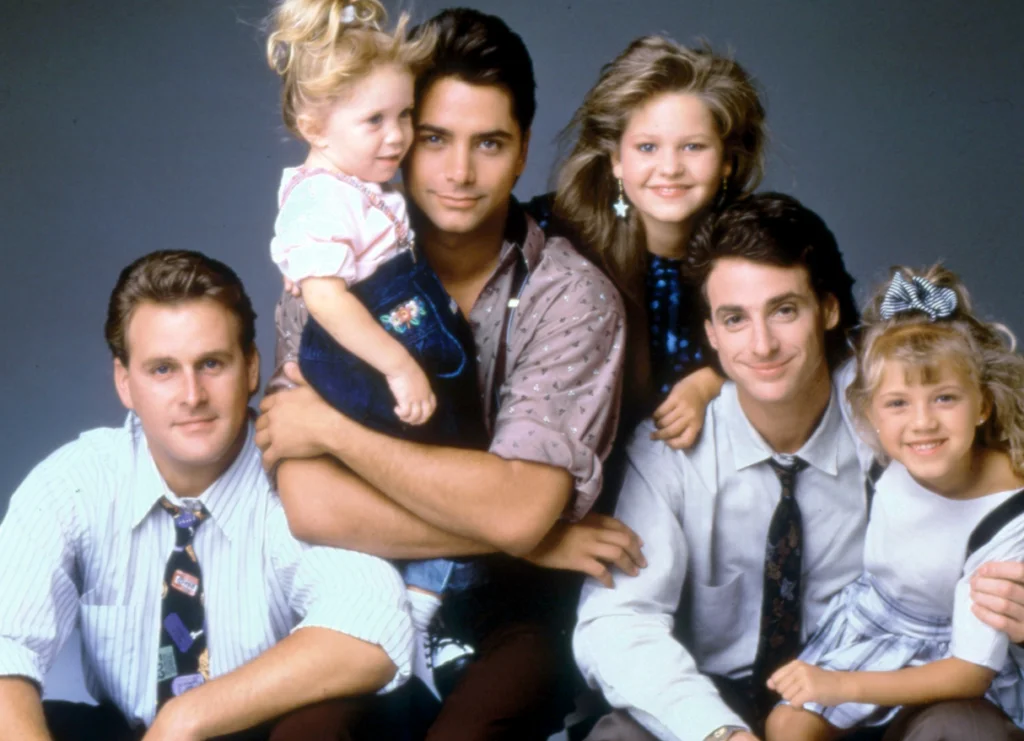
Full House is remembered for its heartwarming family moments, and “The Miracle of Thanksgiving” is one of its best. In this episode, the Tanner family faces a Thanksgiving dinner disaster, with chaos erupting over who will host and what food to serve. Despite the bickering and misunderstandings, the episode’s climax delivers a powerful message about gratitude, unity, and love. The family comes together, realizing that being with each other is what truly matters, even if the turkey burns and the sides are a disaster.
This episode stands out because it perfectly encapsulates the idea that family is about more than just getting along during the good times. It’s also about sticking together through the messes, mistakes, and moments of imperfection. Full House made it clear that Thanksgiving—and family in general—isn’t just about the meal or the celebration, but about the people who make those moments meaningful.
6. Cheers – “Thanksgiving Orphans” (1987)
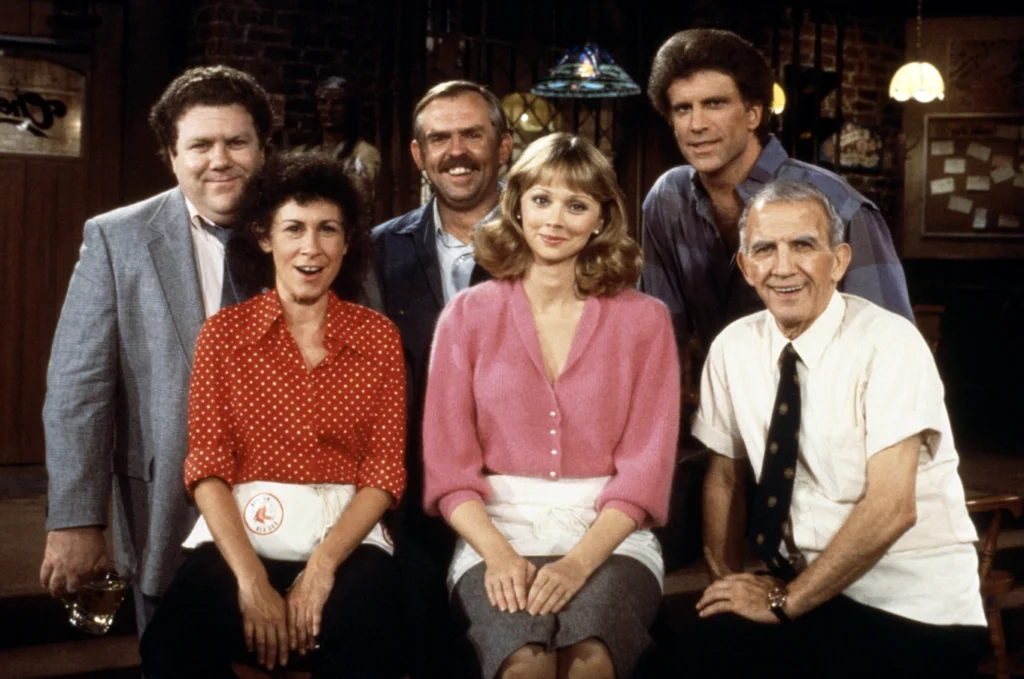
Cheers was more than just a show about a bar—it was about the family-like bond that forms among a group of people who, despite their differences, care deeply for one another. In “Thanksgiving Orphans,” the regulars at Cheers, all without family plans for the holiday, decide to celebrate together. What starts as a sad and lonely Thanksgiving for everyone turns into a celebration of found family, where the group shares their personal stories and creates a new tradition. The episode beautifully captures how sometimes the people we choose to surround ourselves with become the family we never expected.
In Cheers, family wasn’t always defined by blood, but by connection and mutual support. This Thanksgiving episode was a reminder that family can be found in the most unlikely of places—whether it’s a bar or anywhere else. It reinforced the notion that family is about love and acceptance, regardless of where or how it’s formed.
7. The Golden Girls – “The Way We Met” (1987)
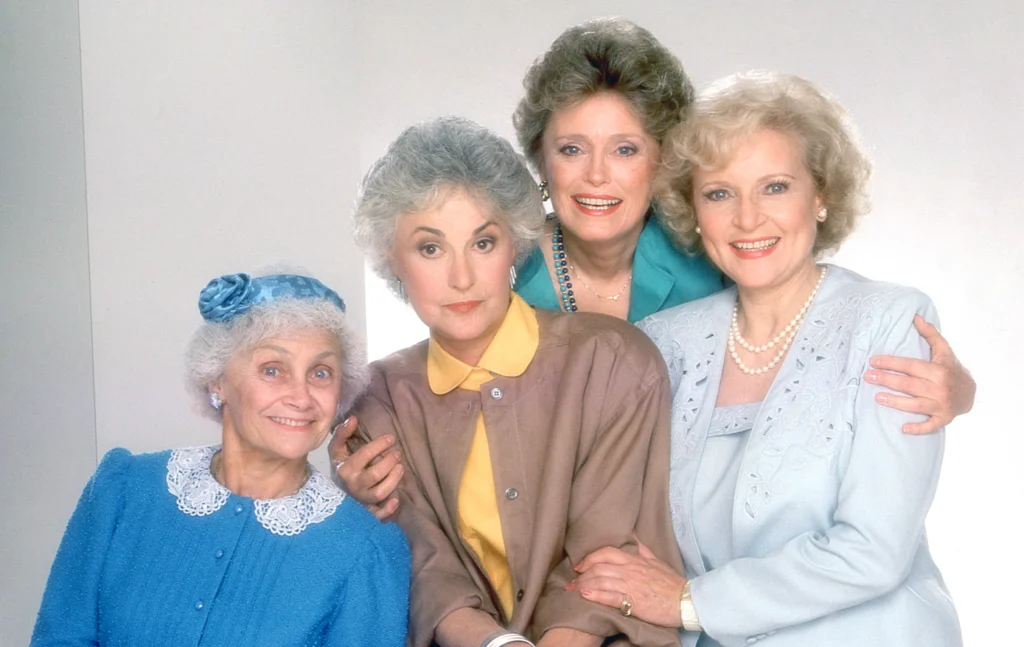
The Golden Girls redefined what it meant to be a family, especially for older women, by highlighting the relationships between Dorothy, Blanche, Rose, and Sophia. In “The Way We Met,” the episode takes us through the backstory of how the four women came to live together, showing how friendships can become family over time. The episode explores the complexities of loneliness, aging, and starting over, but it also highlights the joy of finding kinship in unexpected places.
The beauty of The Golden Girls lies in its portrayal of friendship as family. It showed viewers that family doesn’t always mean having a traditional nuclear setup—it can be the bonds we create with the people who matter most to us. This episode, full of humor, warmth, and emotional depth, made it clear that family is about unconditional love and support, no matter the stage of life.


